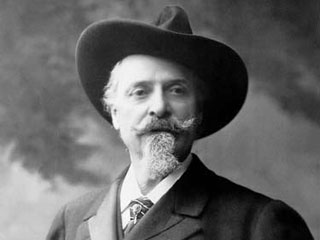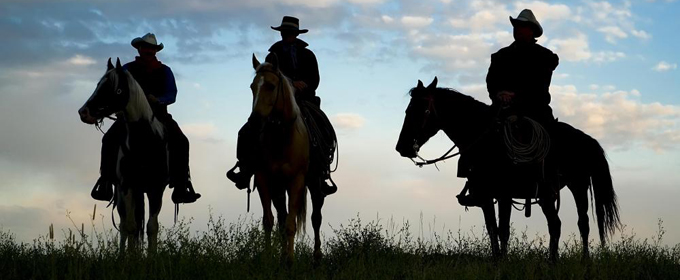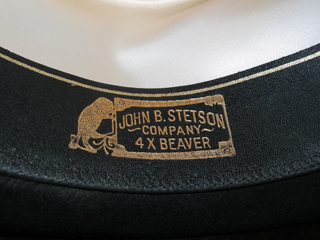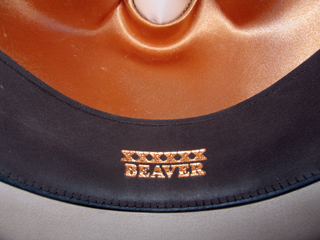There are few articles of clothing in American history that carry the same iconic weight as the cowboy hat.Worn in any corner of the world, it will receive immediate recognition.
The history of the cowboy hat is not that old. Cowpunchers and men moving westward originally wore castoffs of previous lives and vocations–everything from formal top hats and derbies to leftover remnants of the civil War headgear, to tams and sailor hats.
 Today’s cowboy hat has remained basically unchanged in construction and design since the first one was created in 1865.
Today’s cowboy hat has remained basically unchanged in construction and design since the first one was created in 1865.
As the story goes, John B. Stetson and some companions went west to seek the benefits of a drier climate. During a hunting trip, Stetson amused his friends by showing them how he could make cloth out of fur without weaving.Stetson fashioned an enormous hat with a huge brim as a joke, but noted that the hat was big enough to protect a man from sun, rain, and all the rigors the outdoors could throw at him. Stetson decided to wear the hat on his hunting trip, and it worked so well that he continued wearing it on his travels throughout the West. In 1865, Stetson began producing his big hats in number, and before long, he was considered the original maker of this newfangled head gear, the cowboy hat. The original Stetson hat sold for five dollars.
If you look inside a cowboy hat, you’ll see a bow sewn on the lining in back. This is in honor of all the hat makers who died from mercury poisoning. Mercury poisoning was commonly seen in hat makers in the 18th century, since a mercury compound was widely used in making felt. Unaware of the danger of skin absorption of mercury, hatters handled the felt, and over a period of time, went insane from mercury poisoning. This gave rise to the phrase “mad as a hatter,” which led to Lewis Carroll’s Mad Hatter character in Alice in Wonderland.
You’ll also see a marking inside the cowboy hat indicating the Fur-Felt content. Fur-Felt is dense and virtually waterproof. It consists of beaver and/or rabbit fur blended with felt to produce a material that lasts 5-10 times longer than wool-felt. A fine fur-felt hat can be re-blocked and shaped numerous times, and is the best material from which to manufacture hats. Supposedly the higher the beaver content the higher the X factor– 100X is 100% beaver –but unfortunately there is no standard within the hat making fraternity. For an all-weather hat, the higher the beaver content, the finer the quality. Consider this: Beavers live in the water, rabbits in the dirt. ‘Nuff said.
“All hat and no cattle” is a phrase that characterizes a person who is all show and no substance.


